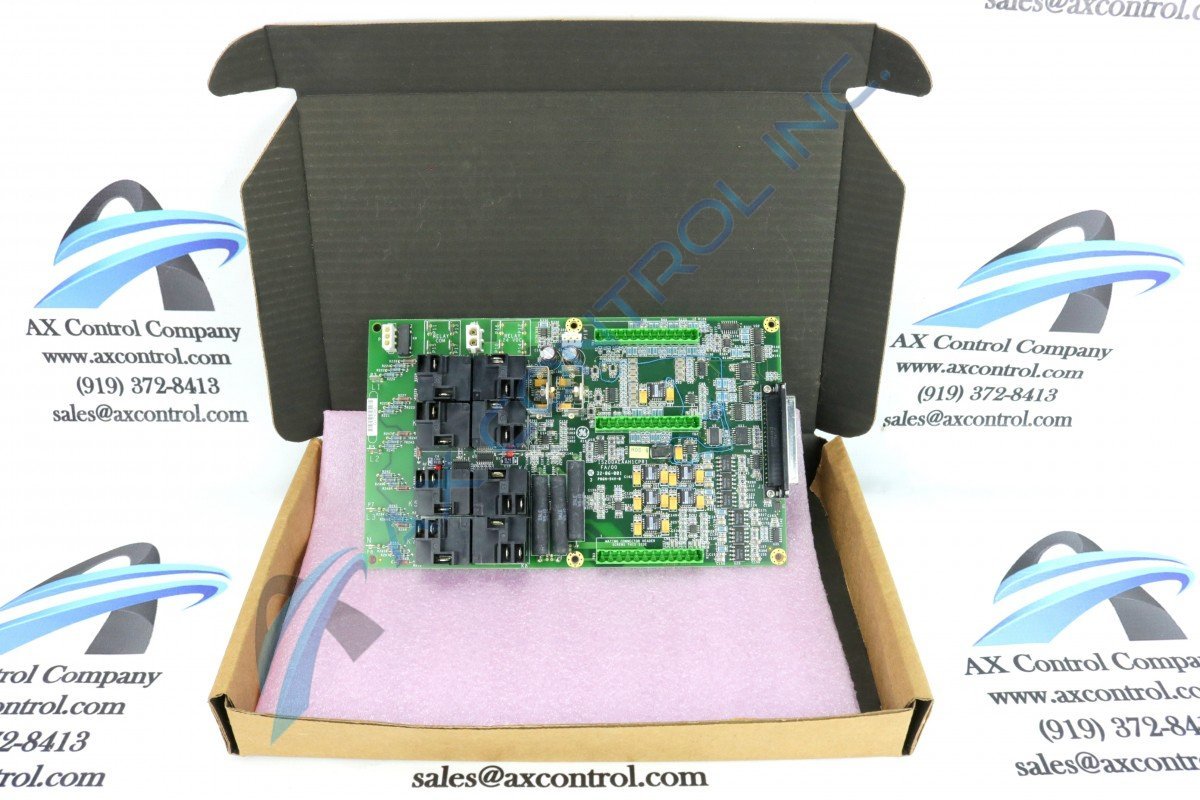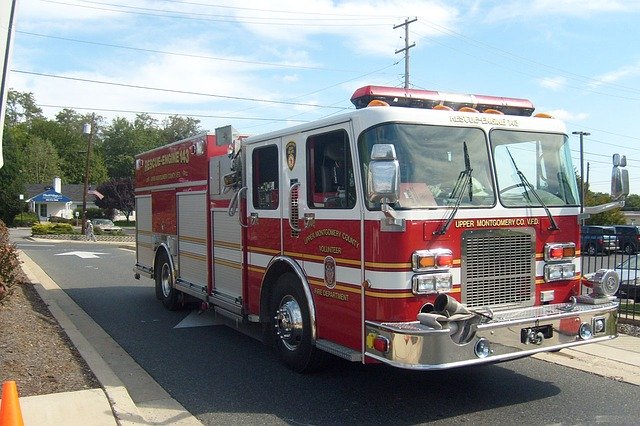When working with any legacy system it’s important to understand naming conventions of the part numbers and how those part numbers may have changed through various part runs. AX Control sells many legacy systems, including several of the Speedtronic series like the Mark I-II, Mark IV, the Mark V, as well as the Speedtronic Mark VI and Mark VIe series boards.
When we look at GE’s Speedtronic Mark VI and Mark VIe as an example, we can see how this works. They have designed their part number so it gives the user a significant amount of information–if you know how to break down that information properly. Let’s look at one example.

If we take the above IS200AEAAH1CPR1 board, we can break the number down into several different parts that will each tell us something about the board: IS/2/00/AEAA/H/1/C/PR1
Continue reading “Understanding Speedtronic Mark VI and Mark VIe Part Numbers”



You must be logged in to post a comment.